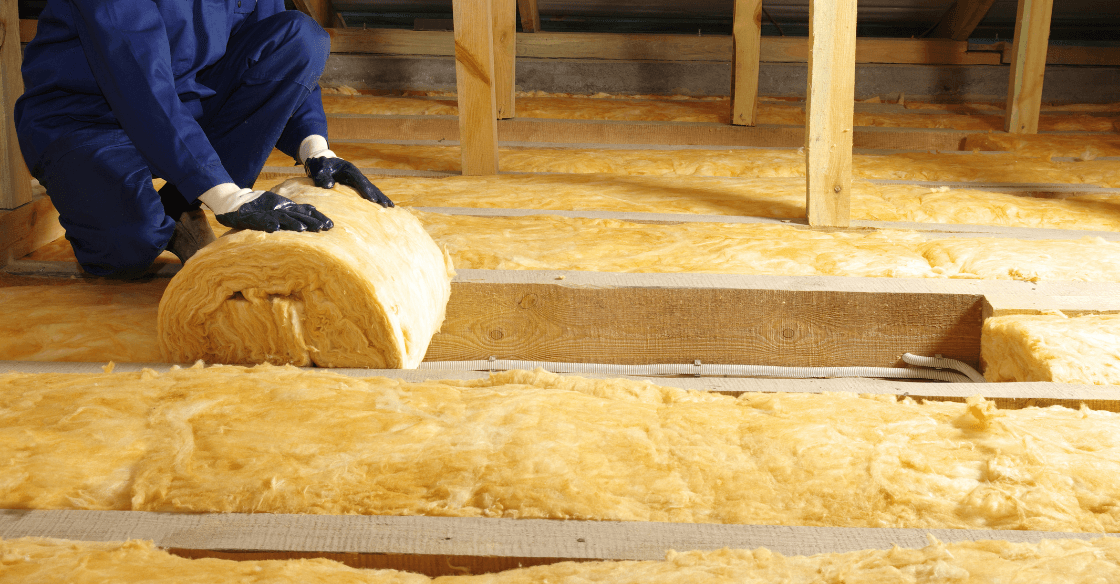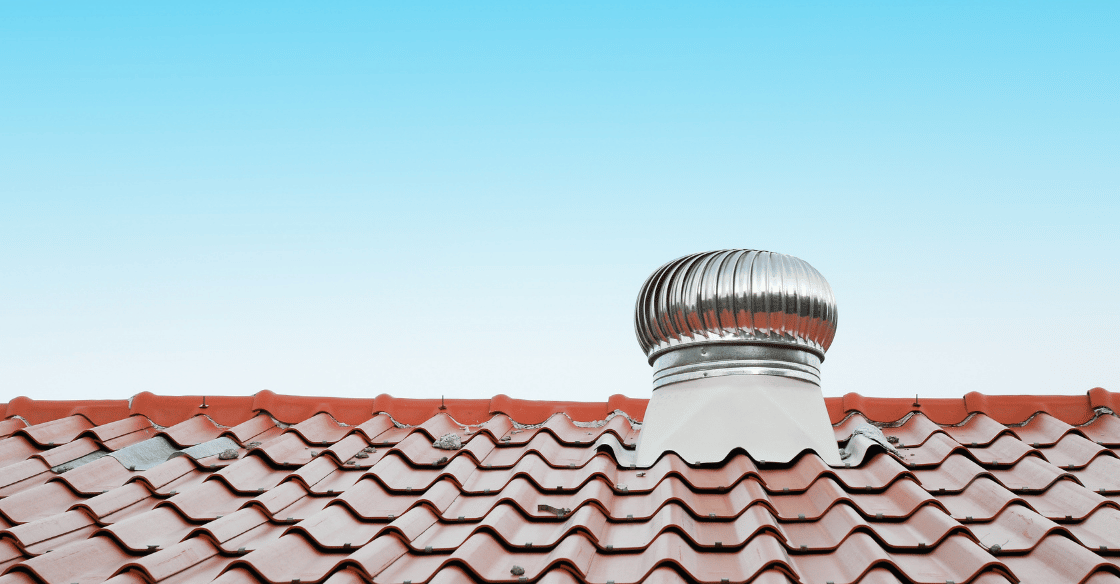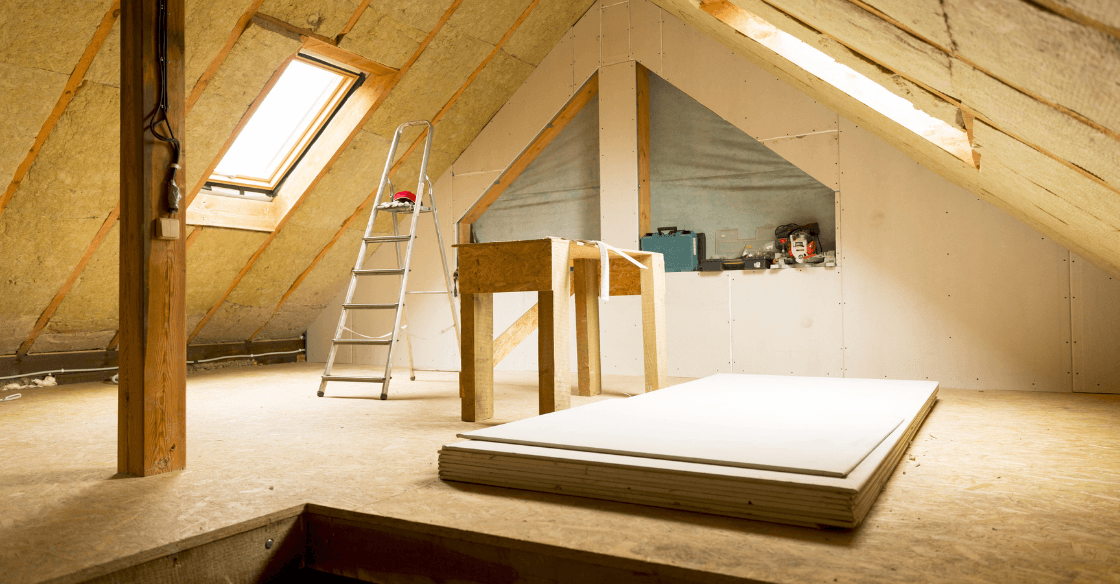An energy-efficient attic not only saves energy and money – it increases the overall comfort of your home too. But according to Energy Star, nine out of 10 homes in the United States are under-insulated or otherwise inefficient.
Energy-efficient insulation alone can save homeowners up to 20 percent on energy bills. And there are even more ways you can increase your attic’s efficiency while increasing your savings and comfort.
If you’re wondering how to make your attic more energy-efficient learn eight tips here.
1. Install attic access insulation
When making your attic more efficient, start at the entrance. Whether your attic entrance has a hatch, scuttle hole, or both, installing insulation here is a simple way to prevent air leaks.
You can ensure the attic access is sealed by installing weatherstripping or using foam sealant. Attic access insulation covers are another easy way to prevent air leaks and ensure that the air in your attic stays there.
2. Ensure there is sufficient insulation in the attic
Insulation acts as a barrier between your home and hot and cold temperatures. That’s why ensuring there is sufficient attic insulation is the best way to make your attic more energy-efficient and your home more comfortable overall. This is especially true for homes built before the 1970s, as these homes are more likely to have gaps in insulation in between the joists or rafters.
How do I know if I have enough attic insulation?
There are several ways you can check if you have enough attic insulation. One of the easiest is to check if you can see the joists. If your attic has enough insulation, the insulation will be above or level with the joists. Be on the lookout for low spots too. An energy-efficient attic will have evenly distributed insulation throughout.
If it’s cold outside, you can try the “touch test.” Areas that are under-insulated inside will be colder to the touch. Move your hands across the ceiling and look for cold spots.

3. Install energy-efficient ventilation
Attic ventilation helps maintain proper cooling and heating throughout the seasons. In the summer, attic ventilation lets hot air escape to the outside of your home, which helps prevent moisture from accumulating in your attic. Meanwhile, in the winter, attic ventilation allows outdoor air in. While this may seem counterproductive, the cold air prevents snow on the roof from melting and refreezing in your gutters, potentially causing interior water damage.
When installing ventilation in your attic, it’s important that it’s installed properly, or you could actually decrease the efficiency of your attic. Ventilation should be installed so that it’s not blocking vents with insulation.
4. Inspect your attic’s ductwork
Does your attic have ductwork? If it does, you’ll want to inspect the ductwork for air leaks. Homes with ductwork in the attic are prone to energy inefficiency and are one of the main causes of excess heat in the home. This is because ductwork is prone to air leaks and often leaks air from the HVAC system into the attic.
We recommend that homeowners avoid having ductwork in the attic, but we understand that may not be possible. If your attic ductwork, insulating the ductwork is an effective solution for increasing your attic’s overall efficiency. There are DIY options for adding insulation, like easy-to-use spray foam, or you can call a professional to install insulation for you.
5. Check for air leakage
There are lots of opportunities for air leakage in your home. Whether through holes or other weak points, anywhere air can enter or exit or home is a recipe for less efficiency and comfort. Sealing weak points is a great way to ensure an energy-efficient attic (and home!).
How to check for air leakage in your attic
Fortunately, sealing air leakage isn’t hard – you have to know where to check. Here are common “trouble areas” to check for air leakage in your attic:
- Knee-walls
- Dropped ceiling
- Chimney shaft
- Whole-house fan
6. Install energy-efficient attic fans
Installing energy-efficient attic fans can help keep your attic cool during west coast summers. Attic fans can help to remove the hot air out of the attic and bring cool air inside. Although attic fans can contribute to a more energy-efficient attic, the attic needs to be well-insulated and free of air leakage to reap the benefits.

7. Install radiant barriers
Installing a radiant barrier is a great way to increase your attic’s overall energy efficiency or your entire home. Made of thin sheets of aluminum, a radiant barrier is installed over your attic’s existing insulation. Because they are reflective, radiant barriers keep your home cool in the summer and warm in the winter.
Radiant barriers require specific installation techniques to be effective, so we recommend hiring a professional, reputable company to provide this service.
8. Cover windows with insulated drapes
If your attic has any windows, a small yet effective tip to increase your attic’s energy efficiency is to install insulated drapes. Insulated drapes will help block the sun and heat from warming your attic and affecting the temperature of the rest of your home.
Create a More Energy-Efficient Attic With the Professionals at Attic Projects
Now that you know how to make your attic more energy-efficient, where do you start? If you want to increase the efficiency of your attic and boost the comfort of your home, all while saving money on your energy bills, Attic Projects can help.
Attic Projects’ team of professionals offers a variety of attic services aimed at increasing the energy-efficiency. Contact us today to learn more about insulation installation and removal, radiant barriers, and more.
Recommended Article: How to Prevent your Attic from Overheating




